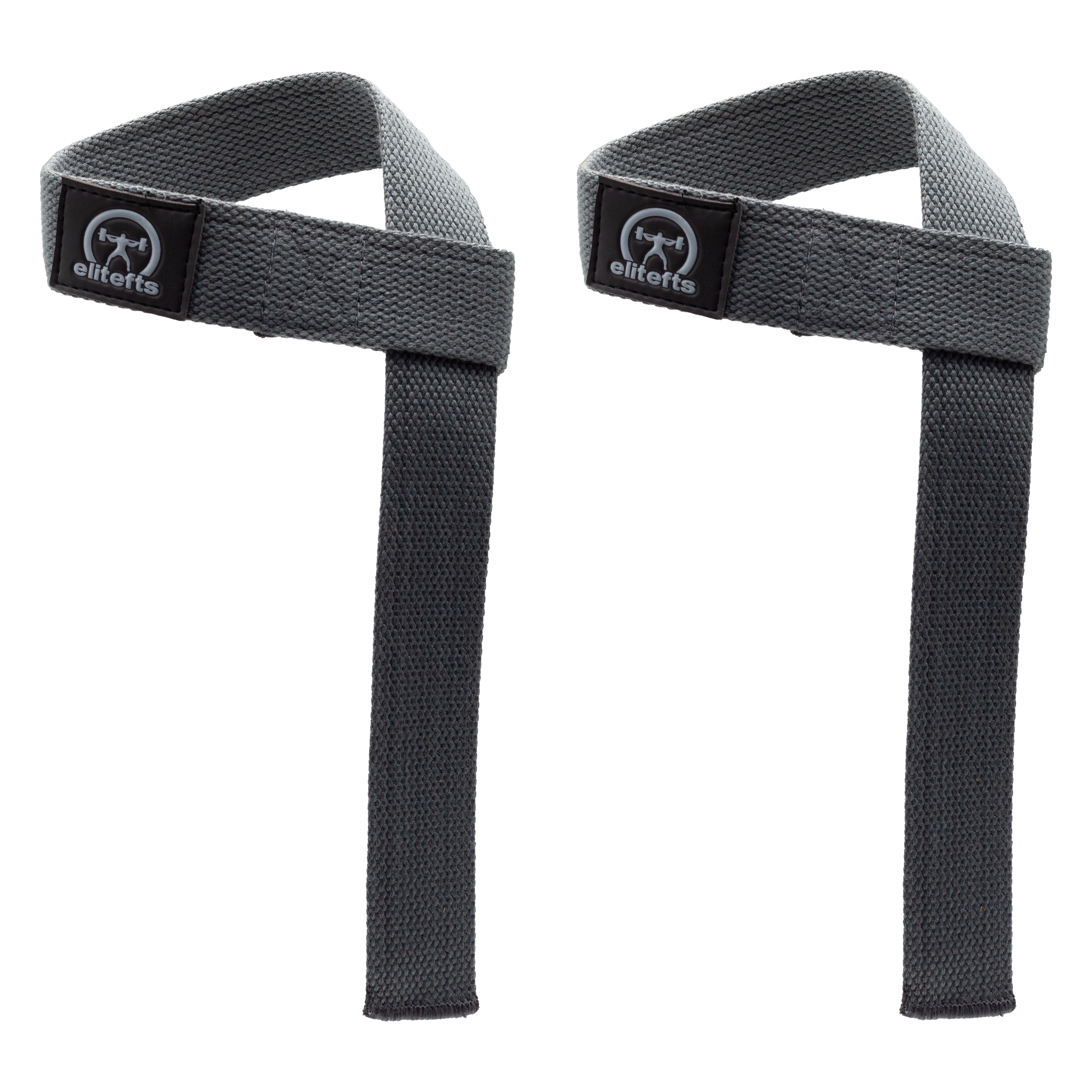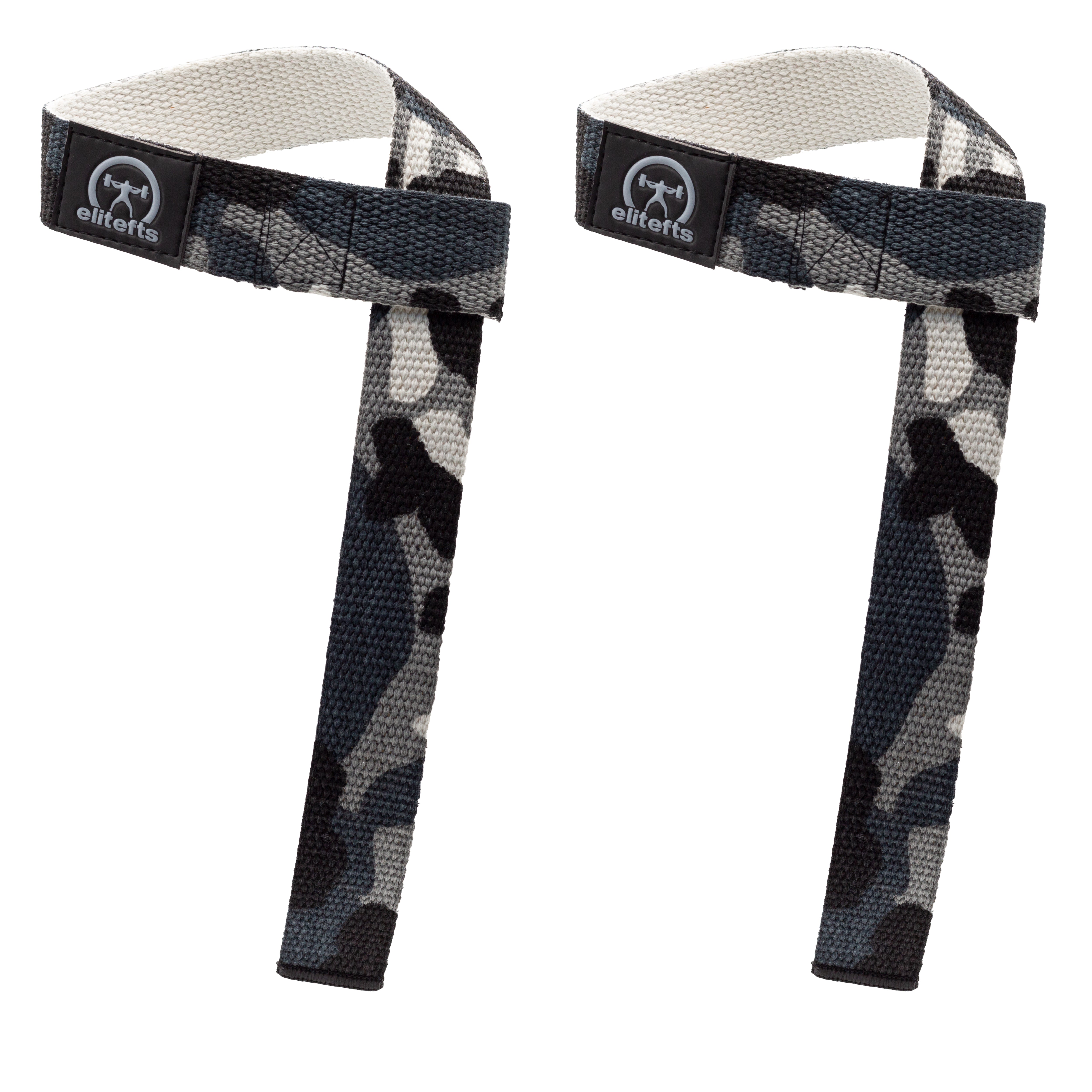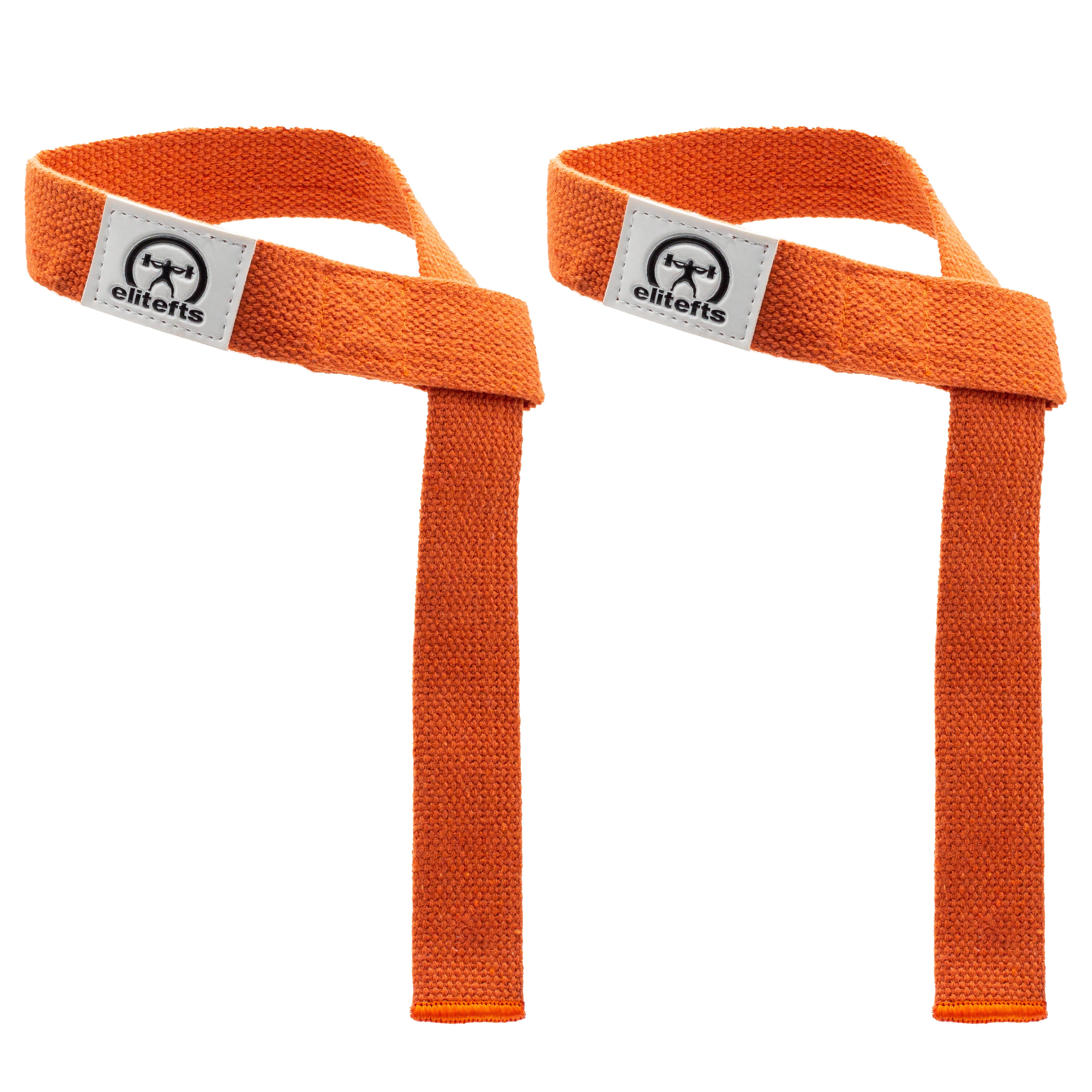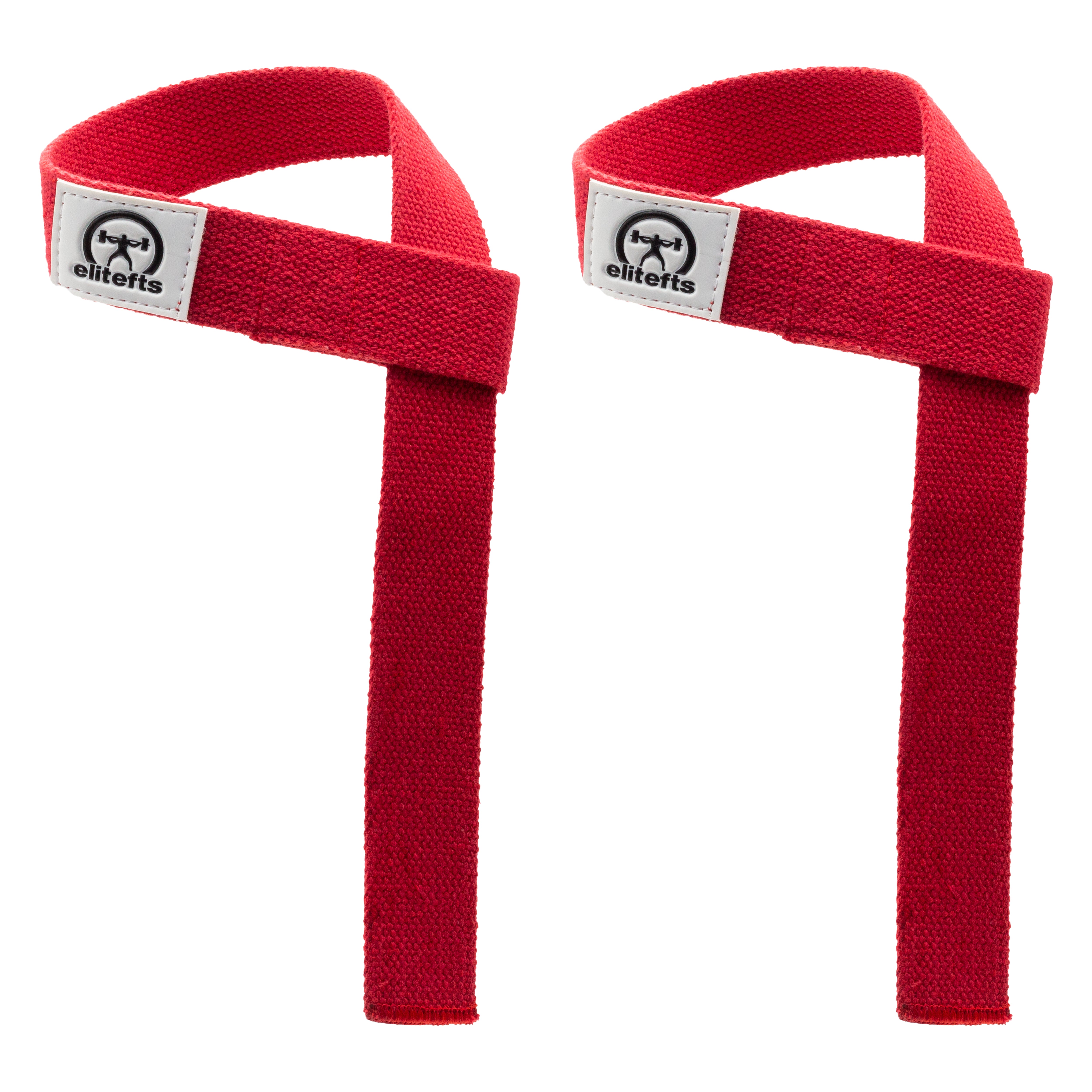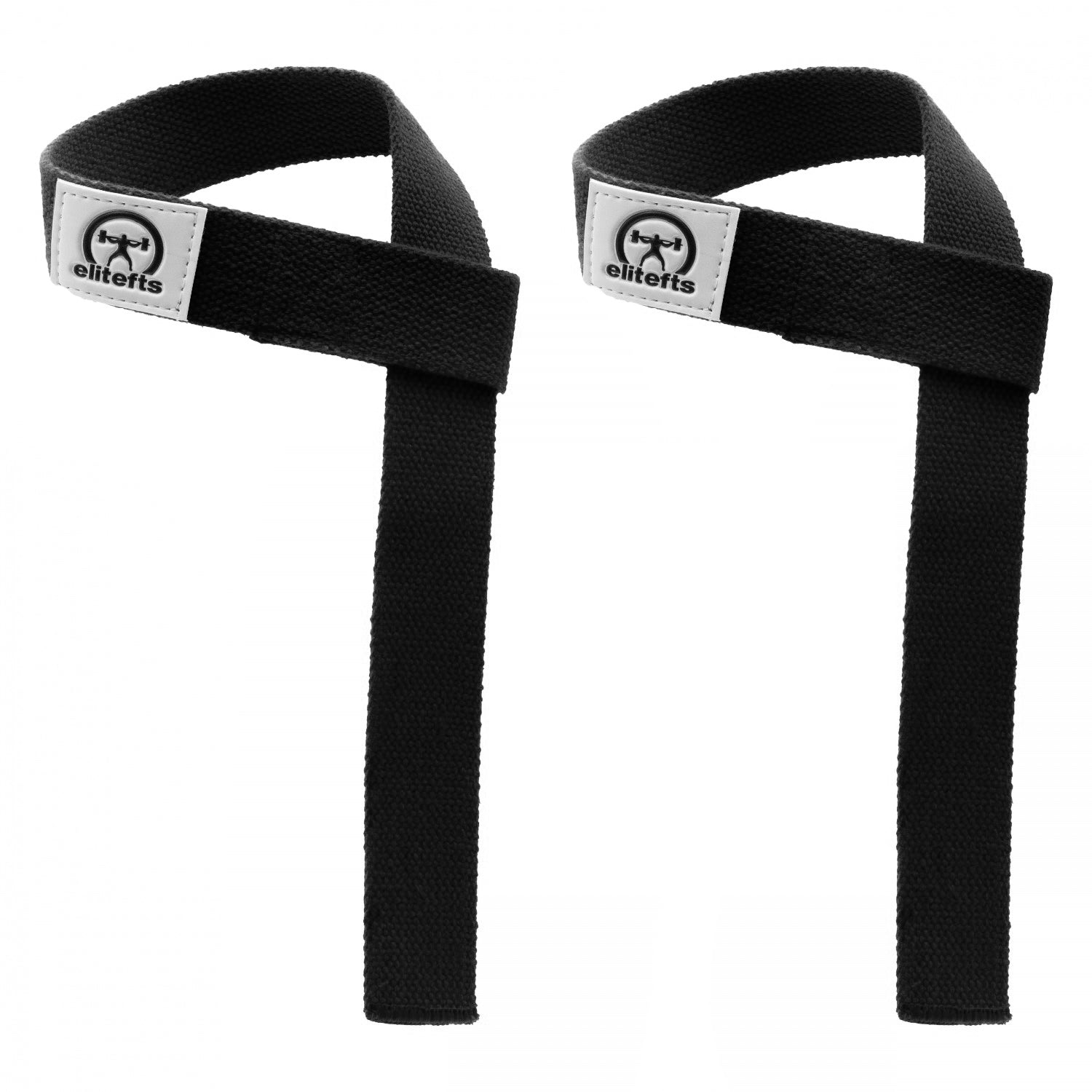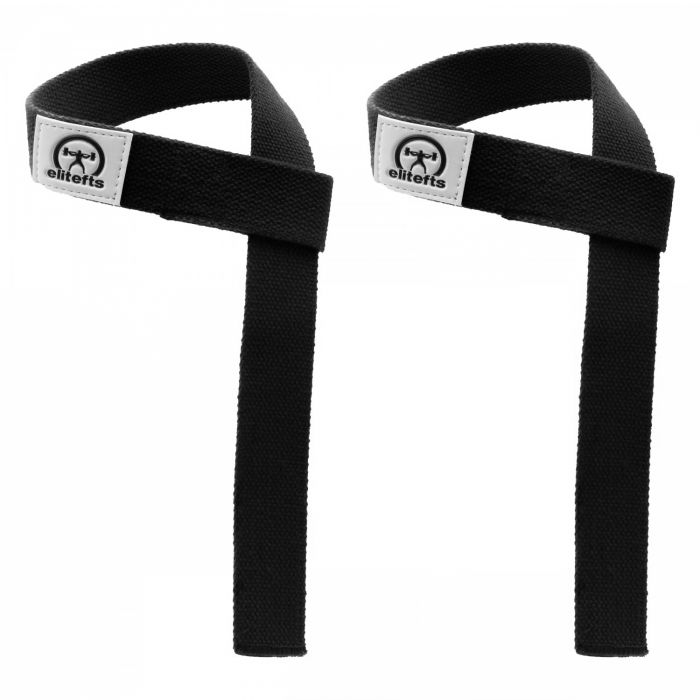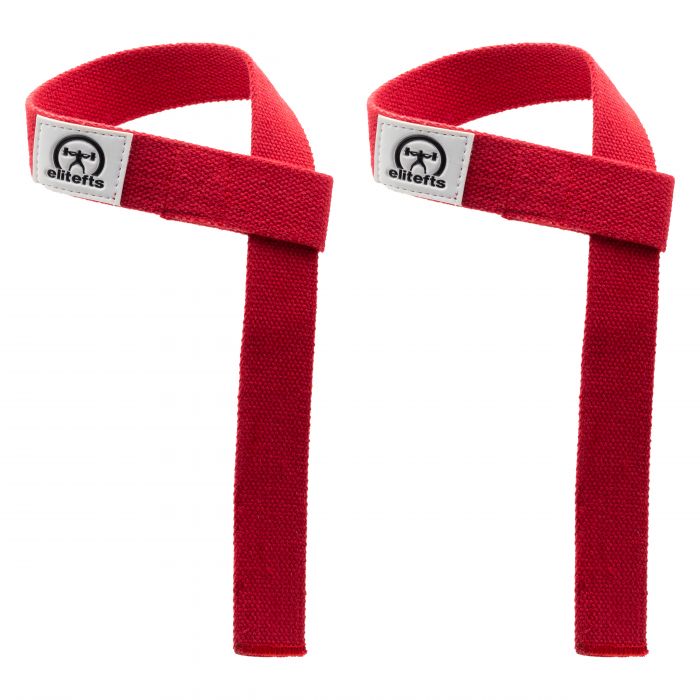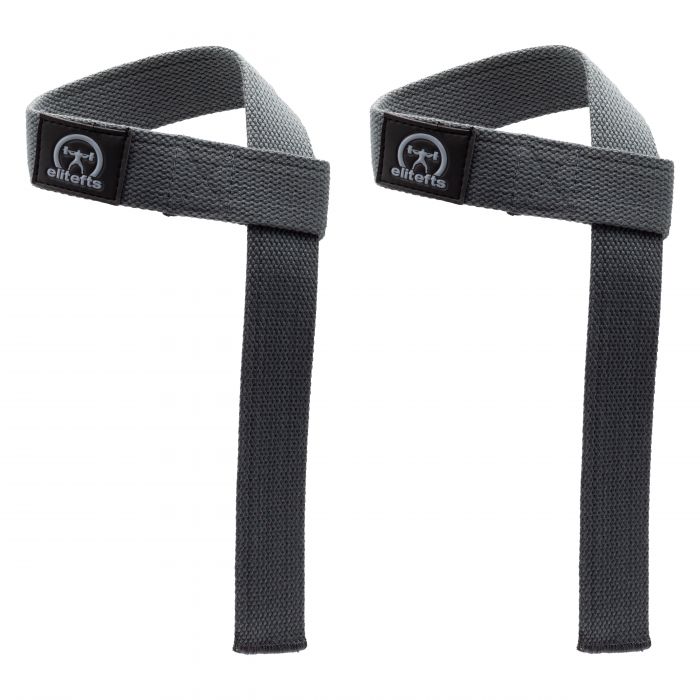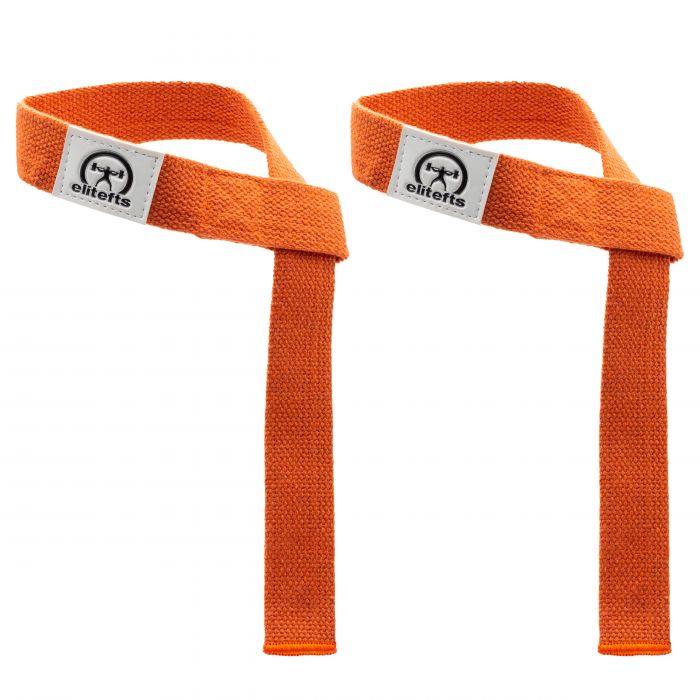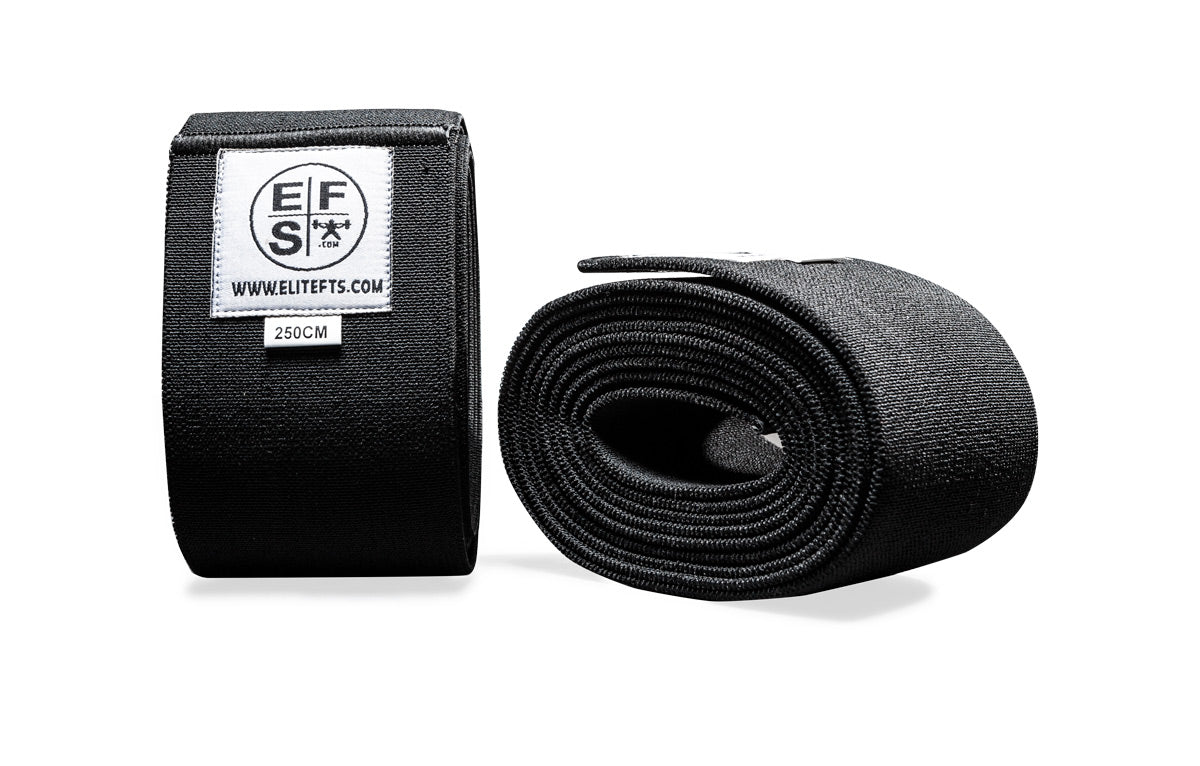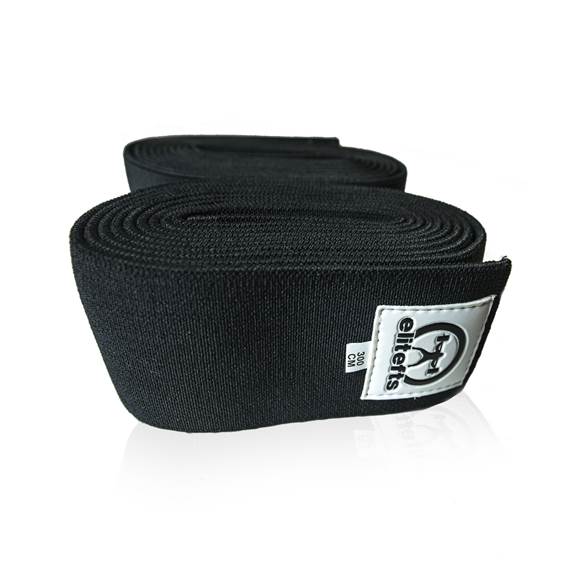WATCH: Table Talk — Personality Differences in Powerlifting
We followed the same program and pushed each other hard in every session. Despite all of these similarities, we only got average results during the first year we trained together. It wasn’t until we began to take into account our own individual differences that our results took off. The principles of training are the same for everyone, but the details are different. If you want to learn how to tailor your training by fine-tuning these details then read on.
The Details Matter
Several research papers have discovered that, while some people respond exceptionally well to certain training programs, other less fortunate individuals respond so poorly that they are called non-responders. Being classified as a non-responder is every lifter's worst nightmare. What if, however, you weren’t a non-responder, but a “not to this responder” or a “not yet responder”? It is entirely possible you would respond very well to a different training plan or, given more time, would adapt to the current one. These individual differences are vital to understand when optimizing the training process, and several variables play an important role in determining what works best for you. Among these factors are:- Size
- Strength level
- Training age
- Fiber type ratio
- Work capacity
- Sleep quantity and quality
- Diet and digestion
- Recovery methods
- Stress
- Supplementation
- Proximity to genetic potential

Size
This is fairly self-explanatory. Bigger folks with longer limbs do more work per rep. For example, a guy that is six and a half feet tall has to travel much further while squatting than a woman how is five feet tall. Work in physics is defined as force x distance. As a consequence, someone with longer limbs does more work on a rep-by-rep basis. In this case, they need fewer reps to achieve the same overall workload as a shorter person. While an average sized person might do well on a 4x10 set and rep scheme, a shorter individual might need 5x12, and a taller person 3x8. Your size and limb length has exercise specific implications. For example, someone with a shallow sternum and lanky arms will have to push the bar for eternity on bench presses. A barrel-chested guy with T Rex arms, however, has a tiny range of motion and might need more sets and/or reps to grow. Conversely, on deadlifts, the guy with orangutan arms might not need to move the bar very far at all. Meanwhile, our T Rex friend has a hard time reaching down to the bar, let alone locking it out. So, consider your leverages on an exercise-by-exercise basis and let that guide how much work you do. A final point to consider on size is that bigger, more muscular lifters can create more damage to their muscles when training than smaller, weaker people. As a result, a more advanced guy might not be able to recover quite so quickly. Thus, they might only train a muscle once every 72 to 96 hours, as opposed to a little guy who can hit it again in 24 to 48 hours.Strength Level
Just as a more muscular individual can cause more disruption when training, a stronger lifter can too. So, even though two lifters might be of roughly equivalent size, if one is significantly stronger than the other they will likely need more rest between training a muscle group.Training Age
Training age is the term used to describe how long you’ve been training. In general, a new lifter can make progress on a far lower volume of work than an advanced lifter. So, if you are just starting out, it probably isn’t wise to jump in on the sessions the competitive bodybuilder at your gym does. Instead, ask him what he did when he was starting out. Chances are he will be only too happy to impart his considerable training wisdom on you and set you up with a plan matched to your capabilities.Fiber Type Ratio
Fast-twitch muscle fibers are awesome for looking jacked. They have a greater potential for hypertrophy than slow-twitch fibers and they are the ones that come into their own when you’re trying to heave superhuman loads. With that said, they do have a downside. With their high force production comes their low fatigue resistance. Fast-twitch fibers are great for explosive movements, but they get tired very quickly. Being fast-twitch dominant will limit the total amount of training you can do. It will also impact your recovery. Fast-twitch fibers take longer to recover between sets and between sessions. So, if you’re a naturally explosive individual then you are well-placed to build muscle, but your total training volume and training frequency should be lower than your slow-twitch friends. An example of this is the fact that on overhead presses I could handle 20 to 30 pounds more than my training partner for sets of three to five. When we did lighter, high-rep back-off sets to failure, he could beat me by a couple of reps at the same weight. He was lifting around 75% of his one-rep max (1RM) while I was at closer to 60% of mine. Yet without fail he kicked my ass on these higher rep sets. How to Establish Fiber Type Ratio Short of a muscle biopsy, it is impossible to tell for sure. However, there is a pretty simple and non-invasive method to get a good estimate. Find your 1RM in an exercise. Rest 15 minutes, then put 85% of your 1RM on the bar. Then rep out to failure. You can interpret the results using these general guidelines:- Fewer than five reps at 85% indicates fast-twitch dominance
- Five reps indicates mixed fiber ratio
- More than five reps indicates slow-twitch dominance

Work Capacity
Your work capacity is your ability to perform work (AKA training). Previously covered factors such as your size, limb length, strength levels, and fiber type ratios all contribute to this. Your past training background also plays a big role. Someone who has competed in lots of endurance-based activities over the years will have a higher work capacity than someone who has only ever done powerlifting. My training partner was a high-level basketball player who then transitioned to triathlons before discovering lifting. I, however, played rugby and then fell in love with the gym when injury ended my rugby career. I had a decent work capacity, but nothing like the engine of my buddy. As such, I just couldn’t handle the workload he could. When we stopped doing exactly the same number of sets, both our progress improved dramatically.Sleep
This point is so obvious that it's amazing that I even have to mention it. Yet time and again, people stay up late, skipping sleep to watch movies, playing video games, or chasing girls in bars. Then they wonder why they feel like crap and perform like crap. Get eight hours a night, every night. Go to sleep and wake up at the same time. Sleep in a quiet, cool, pitch-black room. Wear earplugs and an eye mask if you have to. Do that for several weeks and you’ll feel noticeably better. You will also see improved performance in the gym and speed up your rate of recovery. That opens up the opportunity for more frequent, hard training. Guess what? That equates to better gains.Nutrition
It is outside of the scope of this article to covernutrition in any great detail, but here are some simple guidelines:
- Eat to support your goals (e.g., a surplus for mass gain and a deficit for fat loss).
- Eat enough to support training performance.
- Have three to six meals a day based on your schedule and preference.
- Eat a serving of protein at each meal.
- Eat one gram of protein per pound of bodyweight each day.
- Eat about half a gram of fat per pound of bodyweight each day.
- The rest of your calories should come from carbs.
- Eat more veggies.
- Eat mostly single-ingredient foods. 80% of your food should be from “clean” sources. The other 20% can come from “junk” you enjoy, so long as all the above criteria are met.
Digestion
You are not what you eat; you are what you can assimilate. What does that mean? Well, if your digestion is compromised, even the healthiest of diets won’t be as beneficial as it could be. In general, the human body is very efficient at absorbing nutrients. The world obesity epidemic testifies to that. There are some of us who have real digestive issues. Irritable Bowel Syndrome (IBS) is as vague and useless a diagnosis as it is prevalent. What it does tell us, and the millions of people “diagnosed” with it, is that something isn’t right in the digestive process. You will have to be your own detective here. Do certain foods cause issues? If so, avoid them. Your energy levels, gym performance, and results will almost certainly improve. Likewise, it is sensible to take some preemptive measures if budget allows. Prebiotics and probiotics, glutamine, curcumin, and fish oils are all supplements worth considering that help GI function and reduce inflammation.Recovery Methods
The better yourecover, the better your results. You will get a greater adaptation from the training you do if recovery is maximized. A quicker recovery time also means you can afford to train more often. Training more often, so long as it’s within your recovery capabilities, will yield better results. Sleep and nutrition are by far your most powerful recovery tools. Focus on these before you worry about anything else. Once you have them dialed in you can garner some marginal gains from certain recovery tools. Soft-tissue work, for example, can have a powerful impact on your recovery — as can some low-intensity physical activity. A little time on the foam roller and taking the dog for a walk are two cheap and easy ways to enhance recovery. A simple yet effective way to boost your recovery is to reduce stress and relax. Whether it be meditation, hanging out with friends, Epsom salt baths, or some Netflix and chill time, it will enhance your recovery if you can relax and unwind. Someone, with a stressful job, commute, and relationship will recover more slowly than someone who’s laid back and has little stress in their life.

Stress
It is important to consider lifestyle stress as well as training stress when structuring your training program. Stress comes in many forms and your body can only tolerate so much. If you are under pressure at work, going through a messy breakup, or moving to a new house, it would be wise to reduce your training volume and/or intensity. A study in college students found that they made far smaller strength gains during exams than they did the rest of the year. High-stress times are not an occasion to look for personal bests. Instead, you should look to consolidate your gains until life settles down and you can push the envelope again. As an example from my experience, my training partner was far more stressed by things than me. As I said earlier, we were also business partners. If a customer complained about anything or our landlords asked for more rent, he would obsess about the issue. It affected his mood and his sleep. As a consequence, it affected his training. Eventually, he started using float tanks as a stress relief strategy. This worked superbly for him. In complete isolation with only his thoughts for company, he found he was initially worked up about whatever had stressed him out. Then, a few minutes later without realizing it, he was in a meditative state. Whenever he used the float tanks he was noticeably calmer. Find your stress buster and use it to your advantage.Supplementation
As I touched upon earlier,supplements can help the training and recovery process. They should not be treated as a crutch to make up for a shitty diet. They can supplement a decent diet, though. The clue is in the name! Whether it be a protein and carbohydrate supplement taken peri-workout to improve performance and speed recovery, fish oils and curcumin to reduce inflammation, or a multivitamin to act as a nutritional insurance policy, supplements can have a place. They won’t make up for half-assed training, a lack of sleep, or a crap diet, but they can magnify your results if all these elements are optimized.
Proximity to Genetic Potential
How close you are to the upper limits of your potential has a bearing on your training. If you have been training for a long time in an intelligent manner then you have made the bulk of your gains. Gains early in your career are rapid. Over time they slow exponentially. From this point on you are going to be milking the remaining gains. In the latter stages of your lifting career they come at snail’s pace, and any progress is hard fought. As such, you should consider this with your programming. The more advanced you are, the more you need to do to progress. However, you cause more disruption per session than you did as a novice. So, you must pay close attention to your recovery needs and be aware of your maximum training capacity. For progress to occur you will have to spend as much of your training time in the “Goldilocks” zone between your minimum effective dose and maximum training capacity. Do too little and you’ll stagnate or even regress. Do too much and you risk overtraining and injury. You must do just the right amount of training to keep inching forward. To establish this range, look back over your logbook. You should be able to identify how much work you were doing when progress was good. You should also be able to identify what you did just before you got injured or when progress was poor. For example, whenever my sets of pressing per week exceed 24, my shoulder plays up. Likewise, if I do more vertical than horizontal pulling for any length of time, it flares up. So, I am mindful to keep at least as much rowing work in as pulldowns, and to deload just before I hit the 24 sets per week of pushing threshold. Look for similar landmarks in your training log. Then pick something between these two points. From here, cautiously push your workload upwards while monitoring your recovery. When the scales tip unfavorably in the direction of overtraining, take a deload and start the process again at a training volume just below this point. So, it turns out we are all special snowflakes. We just aren’t that special. Considering individual differences doesn’t mean you have to do radical new training protocols or ignore the fundamental principles of training. It just means that, when integrated into a sensible training paradigm, small changes can add up to big changes in your physique.Tom MacCormick is a former skinny kid who was told he was too small to make it as a rugby player. Since then he has added over 40 pounds to his frame and helped hundreds of clients build muscle and burn fat. Tom has earned a BSc in Sports Science and Coaching, an MSc in Strength and Conditioning, has undertaken countless professional courses, seminars, and workshops, and carried out over 10,000 hours of personal training sessions. More recently, Tom founded Flat Whites Free Weights to provide a hub for his online clients and to share his thoughts on training, nutrition, and the ultimate pre-workout supplement, coffee.


































































